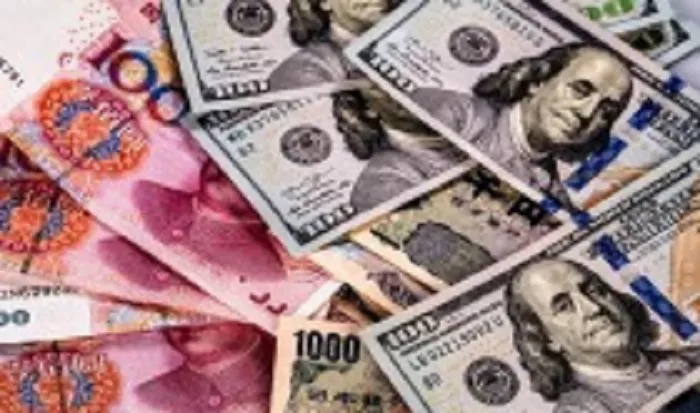Since the beginning of this year, the A-share banking sector has maintained an upward trend, and the stock price of Hangzhou Bank has shown a significant increase within the range. According to Wind Information data, the stock price of Hangzhou Bank has risen by more than 6% so far this year.The secondary market trading price of Hangzhou Bank’s convertible bond has also risen accordingly, climbing continuously since May. Currently, it fluctuates around 135 yuan per share.
In the first quarter of this year, Hangzhou Bank achieved double growth in both revenue and net profit. The revenue increased by 2.22% year-on-year to 99.78 billion yuan, and the net profit increased by 17.30% to 60.21 billion yuan. The weighted average return on equity rose by 0.16 percentage points to 5.15%. As of the end of the first quarter, the bank’s total assets increased by 5.20% compared to the end of the previous year, and the non-performing loan ratio remained the same at 0.76% as compared to the end of the previous year.
Wang Xiaoli, the secretary of the board of directors of Hangzhou Bank, previously stated at the bank’s 2024 annual performance briefing that the bank is actively seeking support from its major shareholders in areas such as share buybacks and convertible bond conversions. Once the convertible bond conversions are completed, the core Tier 1 capital adequacy ratio will increase by approximately 0.8 percentage points.
Convertible bonds serve as an important channel for banks to replenish capital. After conversion, they can directly supplement the core tier one capital. Therefore, banks have a strong demand for converting bonds. However, affected by multiple factors, the overall conversion ratio of bank convertible bonds is relatively low. Wind Information data shows that as of now, there are 10 bank convertible bonds in circulation on the market. Among them, the conversion ratio of 6 bonds is less than 1%.
He Jinlong, the general manager of Shenzhen Youmuli Investment Management Co., Ltd., analyzed for the Securities Daily reporter that the low conversion rate of bank convertible bonds is influenced by multiple factors. “The conversion price of bank convertible bonds is usually based on the latest audited per-share net asset value. However, some bank stocks have been in a state of being below par for a long time, with their stock prices lower than the per-share net asset value. Therefore, it is difficult to promote the conversion by lowering the conversion price.”
Mingming, the chief economist of CITIC Securities, told reporters that the core factor influencing the conversion rate is the conversion premium rate. Only when the conversion premium rate is negative will it attract investors to convert their bonds. “The period when the conversion premium rate is negative mainly occurs before and after the redemption of convertible bonds. The prerequisite for redemption is that the underlying stock price rises and meets certain conditions. The fundamentals of some banks are generally poor, and the stock price is still low, resulting in a high conversion premium rate and thus a low conversion rate.”
Related Topic:

